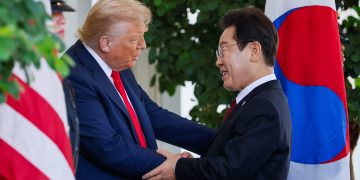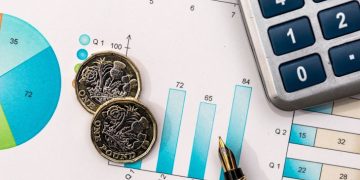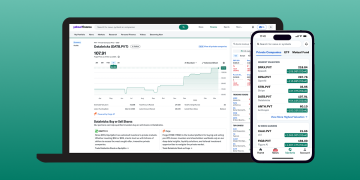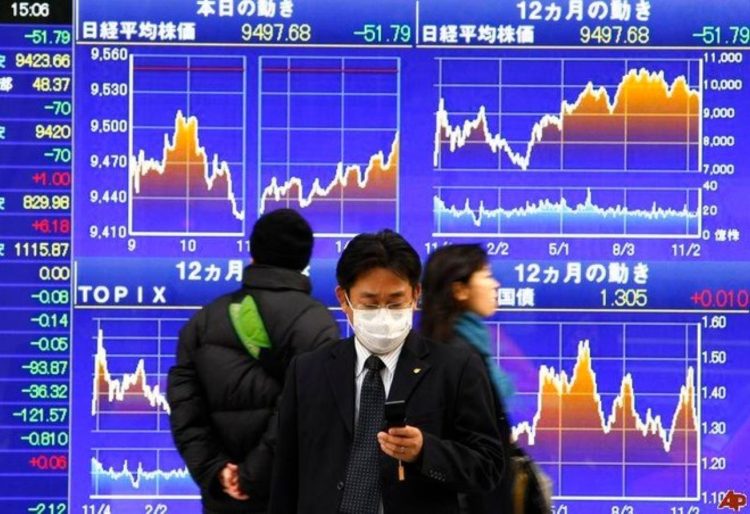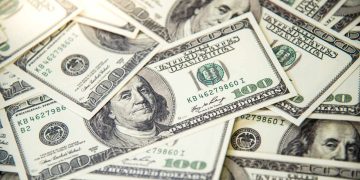Japanese authorities have spent a record 9.8 trillion yen ($62.2 billion) in the past month to prop up the yen’s exchange rate, surpassing the total amount of currency intervention in 2022, according to newly released data.
Newly released data showed that Japanese authorities spent a record 9.8 trillion yen ($62.2 billion) in the past month to prop up the yen, more than the total amount spent on currency intervention in 2022.
On Friday, local time (May 31), the Japanese Ministry of Finance disclosed on its official website the implementation of the Foreign Exchange Balance Operation from April 26 to May 29, during which the amount of operation was “9 trillion 7885 billion yen”, which exceeded market expectations of 9.4 trillion yen, and renewed the monthly record of 9.1 trillion yen set in 2011.
According to media analysis, the record intervention spending shows that the Japanese government is serious about fighting back against speculators. On the other hand, the scale of action required to prop up the yen even temporarily is enormous, reflecting the rising difficulty of defending the currency.
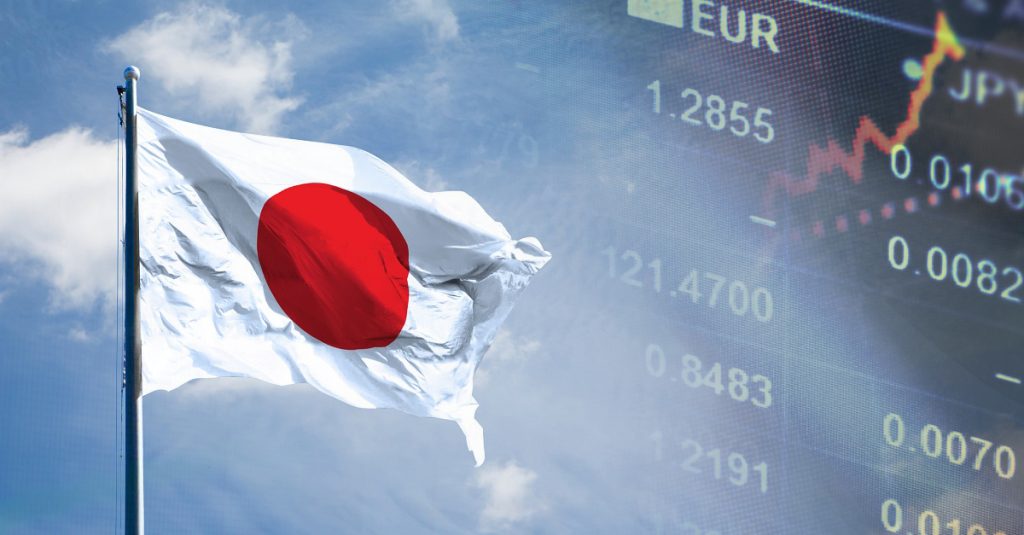
Sumitomo Mitsui Banking Corp chief currency strategist Hirofumi Suzuki said: “Overall, the amount feels a bit large, but basically within expectations. It didn’t break through 10 trillion yen, so it didn’t feel too big and didn’t really have much of a reaction to the dollar versus the yen.”
With the interest rate gap between Japan and the US still wide, markets expect the yen to remain under pressure. While the Bank of Japan has joined the global tightening of monetary policy, short-term interest rates in Japan are still just 0.1%, compared with the 5.25% to 5.50% range of the federal funds rate.
Unless there are clear signs that US interest rates are starting to fall, or the Bank of Japan pushes more aggressively to raise borrowing costs or cut back on bond purchases, there is little chance of the trend turning between the dollar and the yen. But there is also a view that Japan’s monetary officials are simply trying to buy time, rather than reverse the dynamic.
“You can’t tell what amount of money will have a big impact because the market is like a living creature,” said Hideo Kumano, chief economist at Dai-ichi Life Research Institute and a former Bank of Japan official.
“But without these interventions, the yen would have depreciated further, so a move closer to 10 trillion yen is effective.” Data at the end of April showed that Japan had $1.14 trillion in foreign exchange reserves, suggesting that the authorities still have plenty of firepower to take on yen bears.







